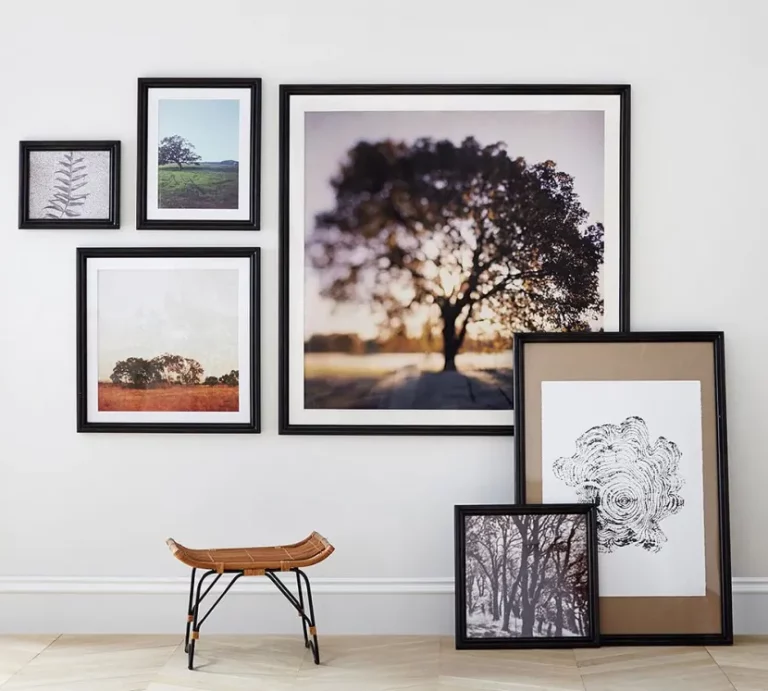Selecting the right frame for your artwork is like finding the perfect frame of mind – it sets the tone and enhances the beauty of what lies within. Whether you’re a seasoned art collector or a budding enthusiast, understanding the nuances of frame selection can elevate the presentation of your artwork to new heights.
In this blog, we’ll explore some of the key factors to consider when choosing the perfect frame for your artwork, ensuring that it not only complements the piece but also reflects your personal style.
Consider the Artwork

Before diving into the world of custom art frames online or in-store, take a moment to assess the artwork itself. Consider its style, medium, and subject matter. Is it a contemporary painting bursting with vibrant colors, or a delicate watercolor landscape? The frame should harmonize with the artwork, enhancing its visual impact without overshadowing its intrinsic beauty.
For modern pieces, sleek and minimalist frames often work best, while ornate frames may complement classical paintings. Pay attention to the details – the texture of the canvas, the brushstrokes, and the overall mood conveyed by the artwork – and choose a frame that accentuates these qualities.
Think About the Space
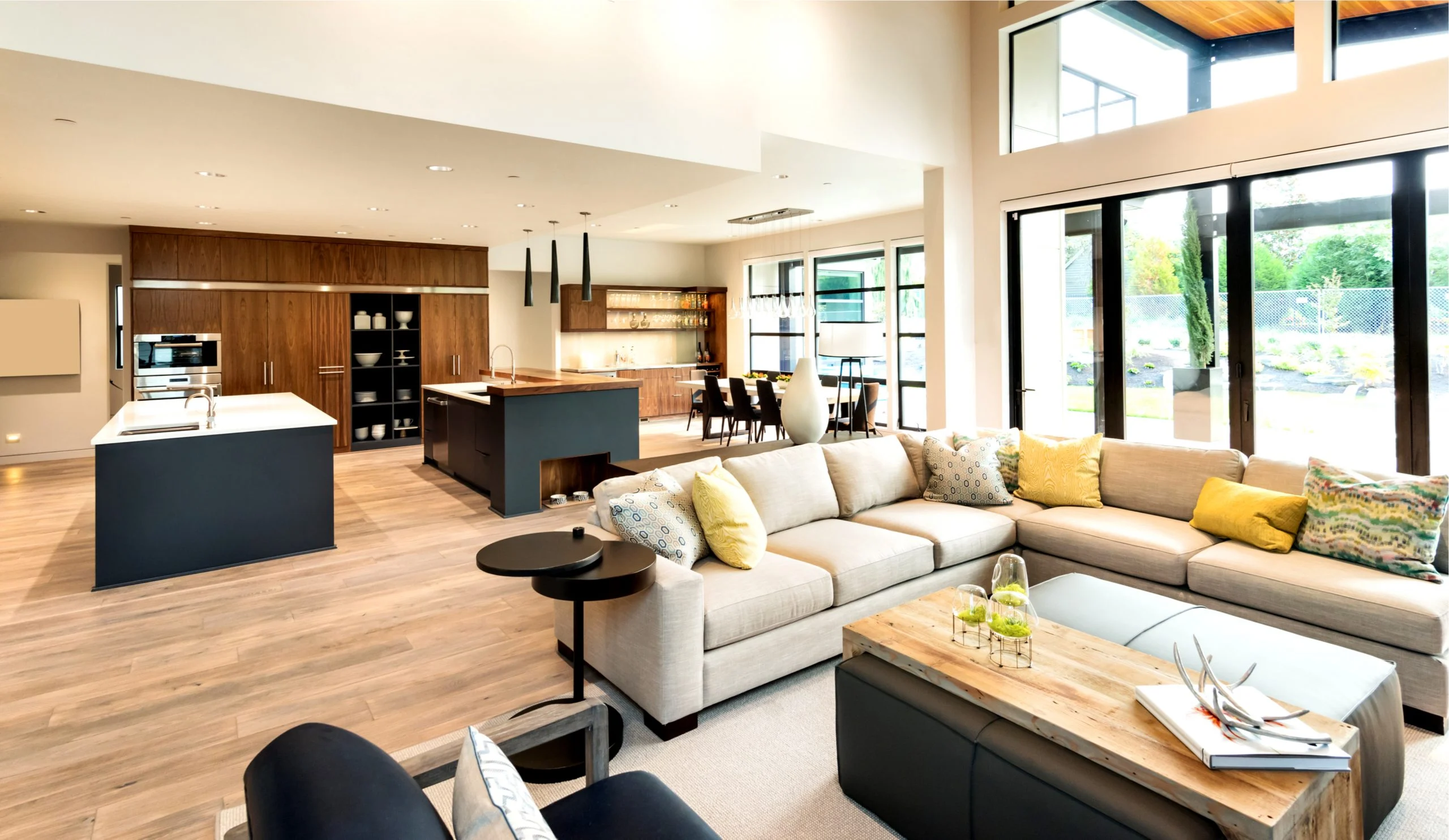
The environment in which your artwork will be displayed plays a significant role in frame selection. Consider the room’s decor, color scheme, and overall ambiance. Is it a formal living room adorned with antique furniture, or a cozy bedroom with modern accents?
The frame should complement the space, enhancing its visual appeal and contributing to the cohesive design aesthetic. For traditional settings, opt for classic frame styles with intricate detailing, such as ornate wood or gold leaf finishes. In contemporary interiors, sleek and minimalist frames in neutral tones can create a sense of balance and harmony.
When browsing for personalized art frames online, take advantage of virtual visualization tools that allow you to preview how different frames will look in your space. These tools enable you to experiment with various frame styles, colors, and finishes, giving you the confidence to make an informed decision.
Color Coordination
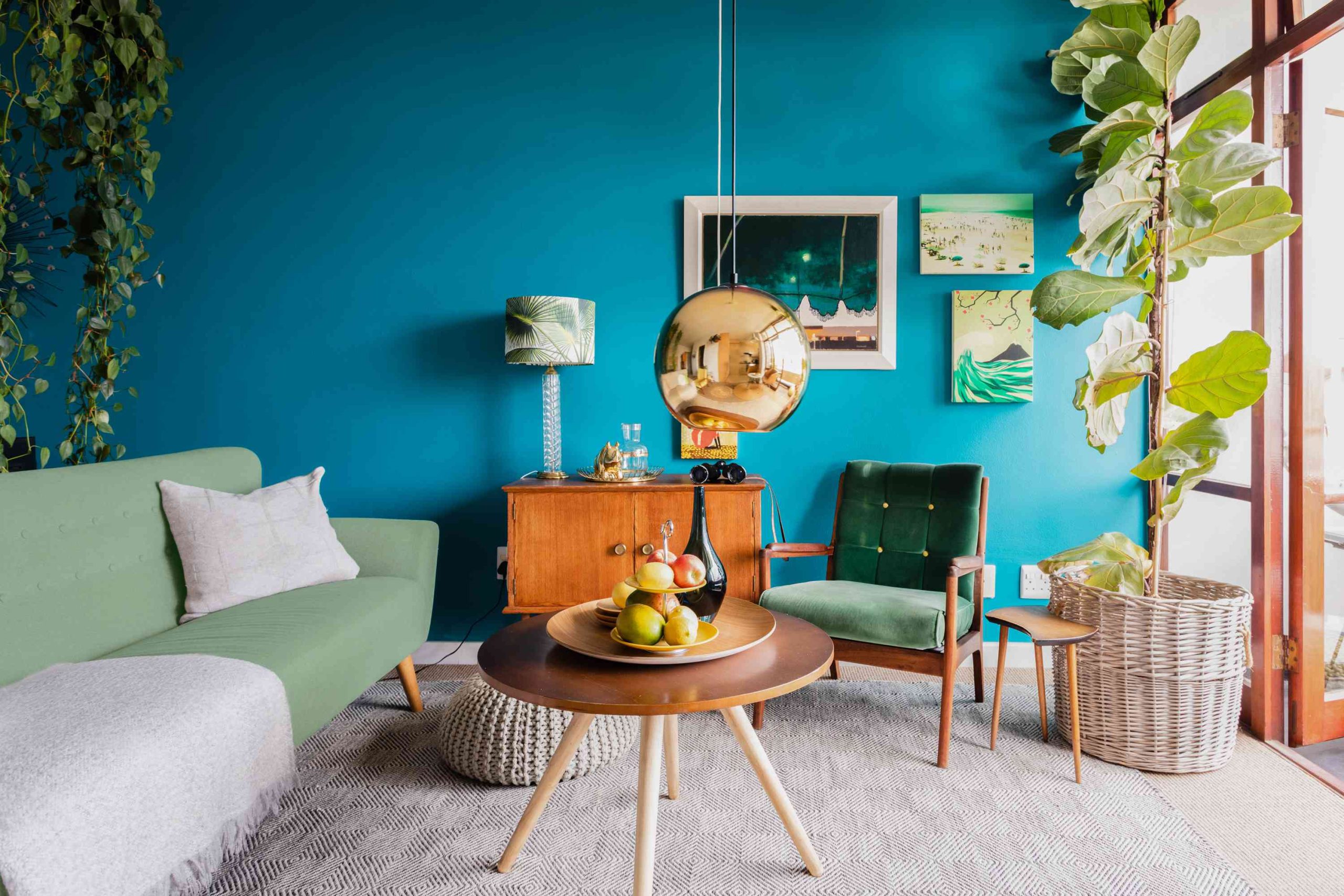
Matching the frame color to the colors in the artwork can create a harmonious and visually pleasing effect. Look for hues within the artwork that can be echoed in the frame, whether it’s a subtle accent color or a dominant shade. Alternatively, opt for a neutral frame that complements the overall color palette of the piece without competing for attention. Black, white, and natural wood tones are timeless choices that can complement a wide range of artworks, allowing the focus to remain on the art itself.
When exploring options for custom art frames online, consider the range of finishes available, from matte to glossy, to find the perfect match for your artwork. Keep in mind that the frame should enhance the colors in the artwork rather than overpowering them. Experiment with different frame samples or utilize online visualization tools to compare how various frame colors will interact with the artwork, ensuring a seamless integration of art and frame.
Frame Material
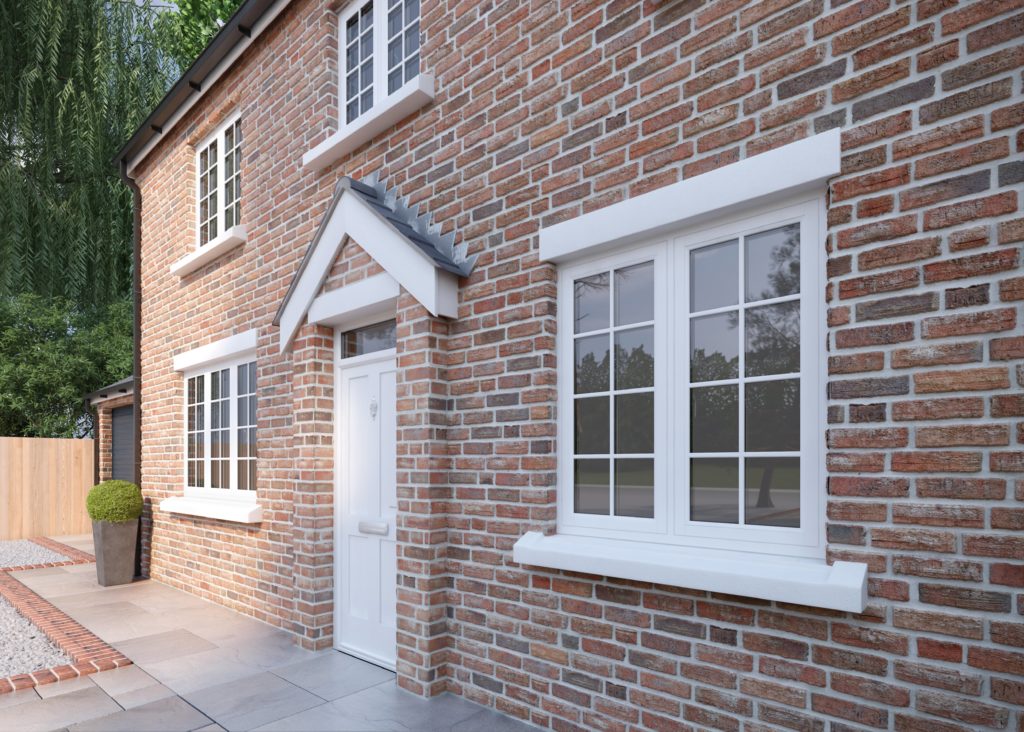
The material of the frame plays a significant role in determining its aesthetic appeal and longevity. Common frame materials include wood, metal, and plastic, each offering distinct advantages and characteristics. Wood frames exude warmth and elegance, with options ranging from traditional hardwoods like oak and walnut to exotic varieties such as bamboo and reclaimed barn wood.
Metal frames, on the other hand, offer a sleek and modern look, with finishes ranging from brushed aluminum to polished brass. Plastic frames are lightweight and affordable, making them an ideal choice for budget-conscious buyers.
When selecting a frame material, consider the style of the artwork and the overall home decor idea or theme. For example, a rustic landscape painting may be beautifully complemented by a distressed wood frame, while a contemporary abstract piece may benefit from the clean lines of a metal frame. Additionally, consider the durability and maintenance requirements of the frame material, ensuring that it will withstand the test of time and maintain its beauty for years to come.
Size and Proportion
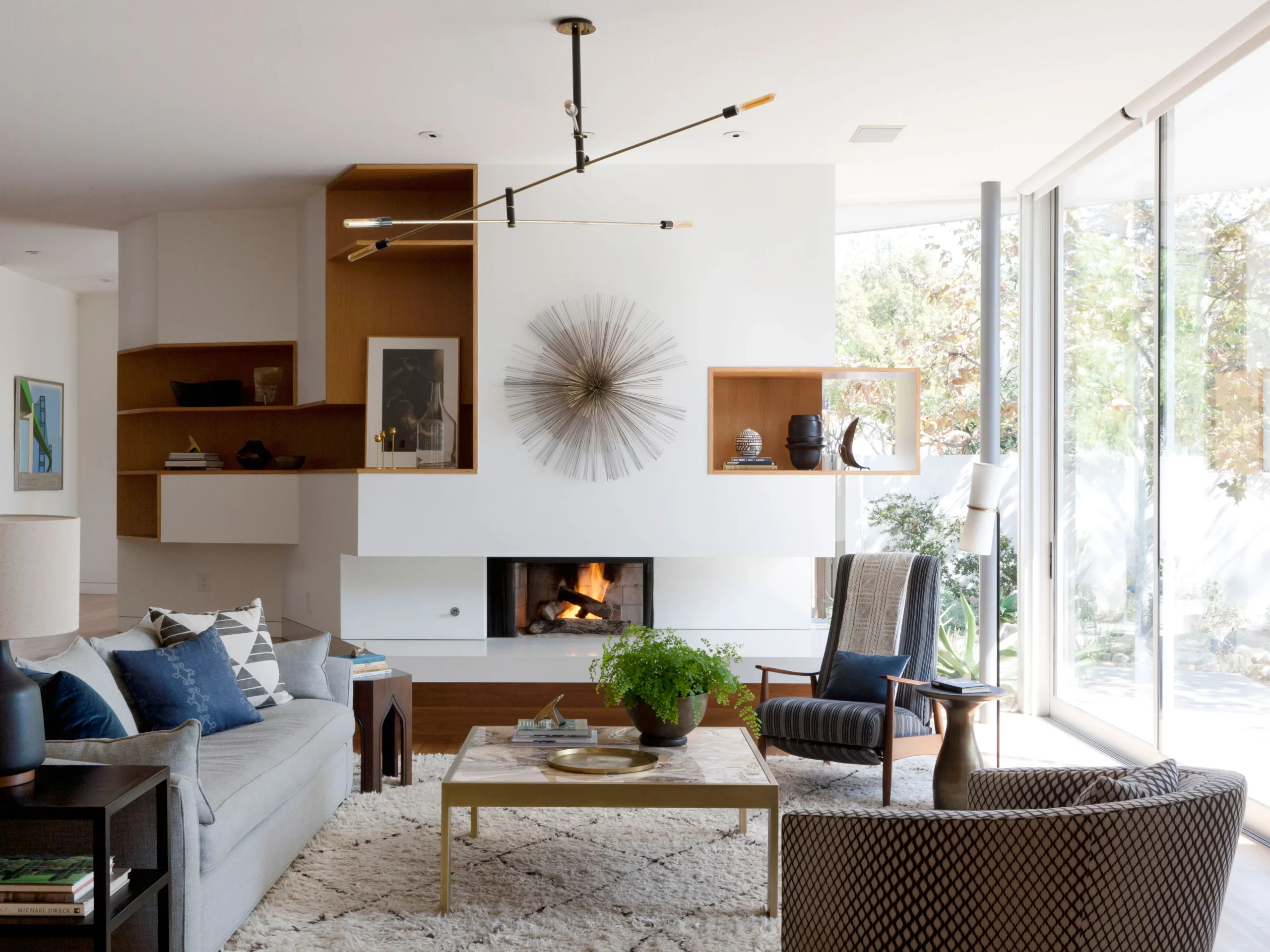
Choosing the right frame size is essential to ensure that the artwork is properly showcased and the frame complements its proportions. Consider the scale of the artwork and the space where it will be displayed when selecting the frame size. A large, bold artwork may require a substantial frame to create a sense of balance and visual weight, while a smaller piece may benefit from a more delicate frame that doesn’t overpower the artwork.
When customizing art frames online, pay attention to the dimensions of the artwork and select a frame size that provides an appropriate border around the edges. In addition to the overall size of the frame, consider the width of the frame molding, as this can also impact the visual perception of the artwork.
A wider frame molding can add a sense of grandeur and sophistication, while a narrower molding creates a sleek and modern look. Experiment with different frame sizes and proportions to find the perfect balance that enhances the artwork without overwhelming it.
Choose the Perfect Frame for Your Masterpiece
Choosing the perfect custom frame for artworks is an art form in itself, requiring careful consideration of style, space, color, material, and proportion. By following these guidelines and taking a personalized approach to frame selection, you can ensure that your artwork is presented in the best possible light, reflecting your individual taste and enhancing its visual impact.

